Asphalt Maintenance Services in Metro Detroit, Michigan
At Gleason & Associates Inc., in Roseville, Michigan since 1971, we offer professional asphalt maintenance and paving services. Contact our asphalt company today for more information.
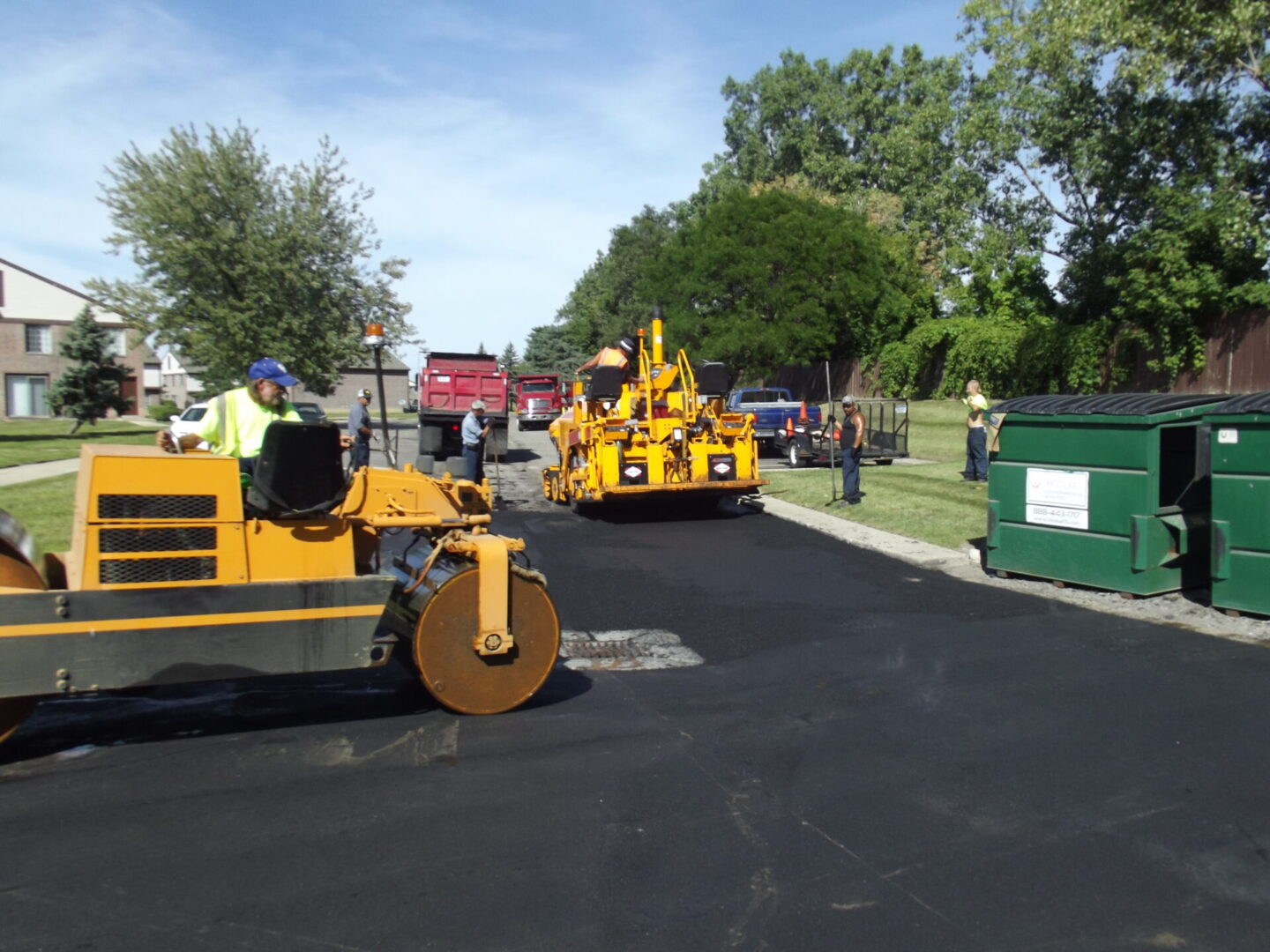
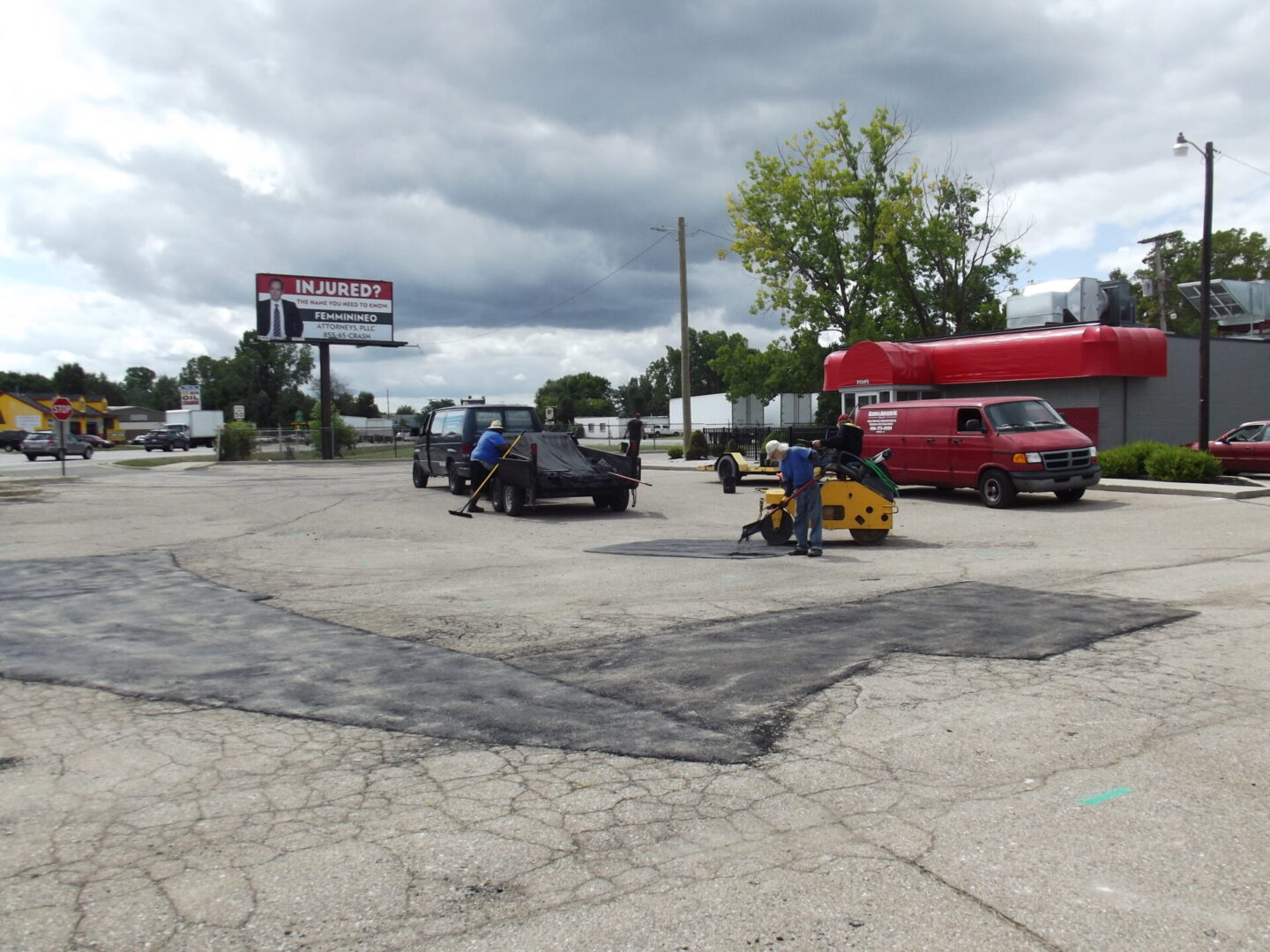
Complete Asphalt Repair
When your parking suffers from bad asphalt, the Gleason and Associates Inc. team is on the job. We can excavate bad asphalt and replace it if the customers want it. The most cost-effective alternative involves recapping old asphalt with a thin layer of asphalt topping. We excavate parking lots and repave at an average thickness of three inches, or we resurface parking lots with one and a half inches to two inches of asphalt. Whenever re-capping cracked asphalt, reflective cracking will occur. However, this is a cost-effective alternative to replacement.
The most economical way to improve the function and appeal of your parking lot is spot repairs. With spot repairs, we simply fill in the holes and area immediately surrounding the hole with hot commercial-grade asphalt and machine roll.
Capping around the hole prolongs the life of the repair. If the area around the hole is severely cracked, then we'll have to dig it out prior to filling in the area. Because spot repairs are rolled shortly after the installation of asphalt, there is rarely an interruption in your traffic flow, since in many cases, the rolled patch can be driven on within minutes of being machine-rolled. We apply a bond emulsion to your old asphalt to enhance the bonding of old to new asphalt.
Contact us for information on parking lot maintenance and asphalt repair.
Seal Coating
Why do people seal coat? The most important time to seal coat is within one year of a newly paved surface or within four weeks of a newly patched parking lot. This time delay allows the sealer to trap the oils in the fresh asphalt, helping the asphalt retain its natural flexibility, and this helps stave off cracking and potholing for a longer period of time.
When you don't seal coat, vehicles will grind the sand and grit into your asphalt. For example, when you seal coat your parking lot, you help it stay cleaner. When there is a wind storm, your parking lot will be blown clean, due to the seal coating. This in turn keeps fine granules of sand from getting into pores and expedites the oxidation of the asphalt
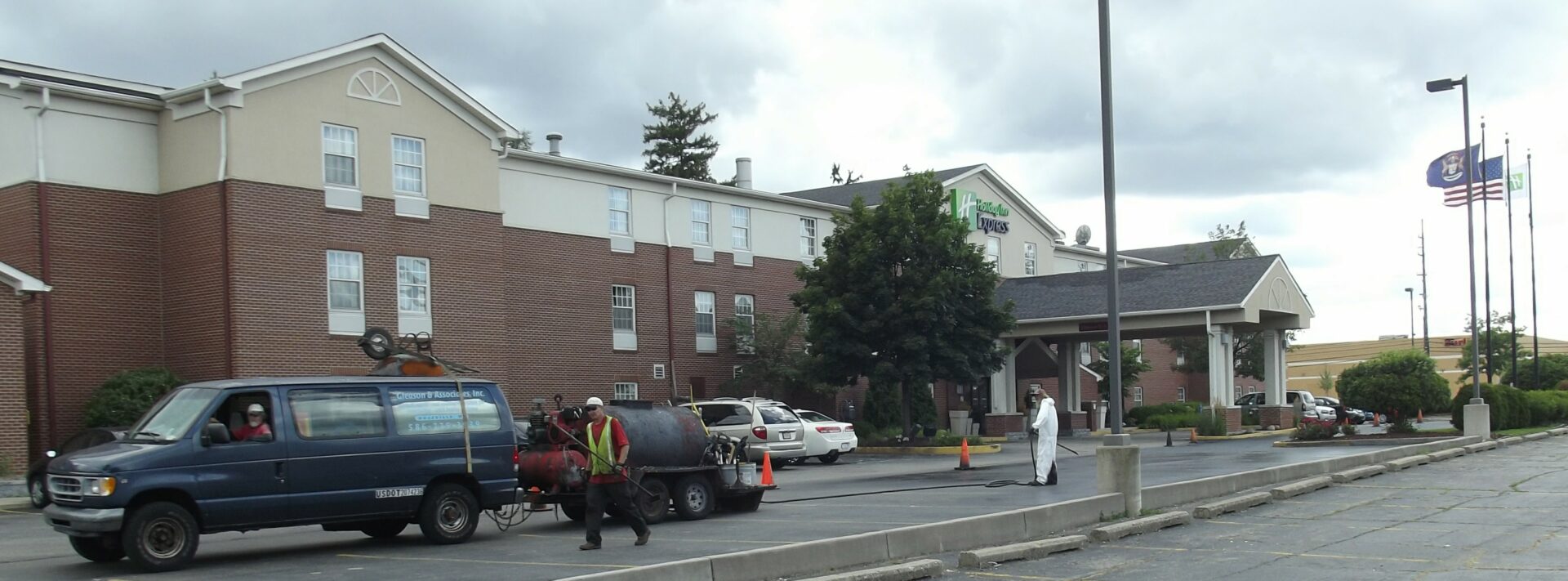
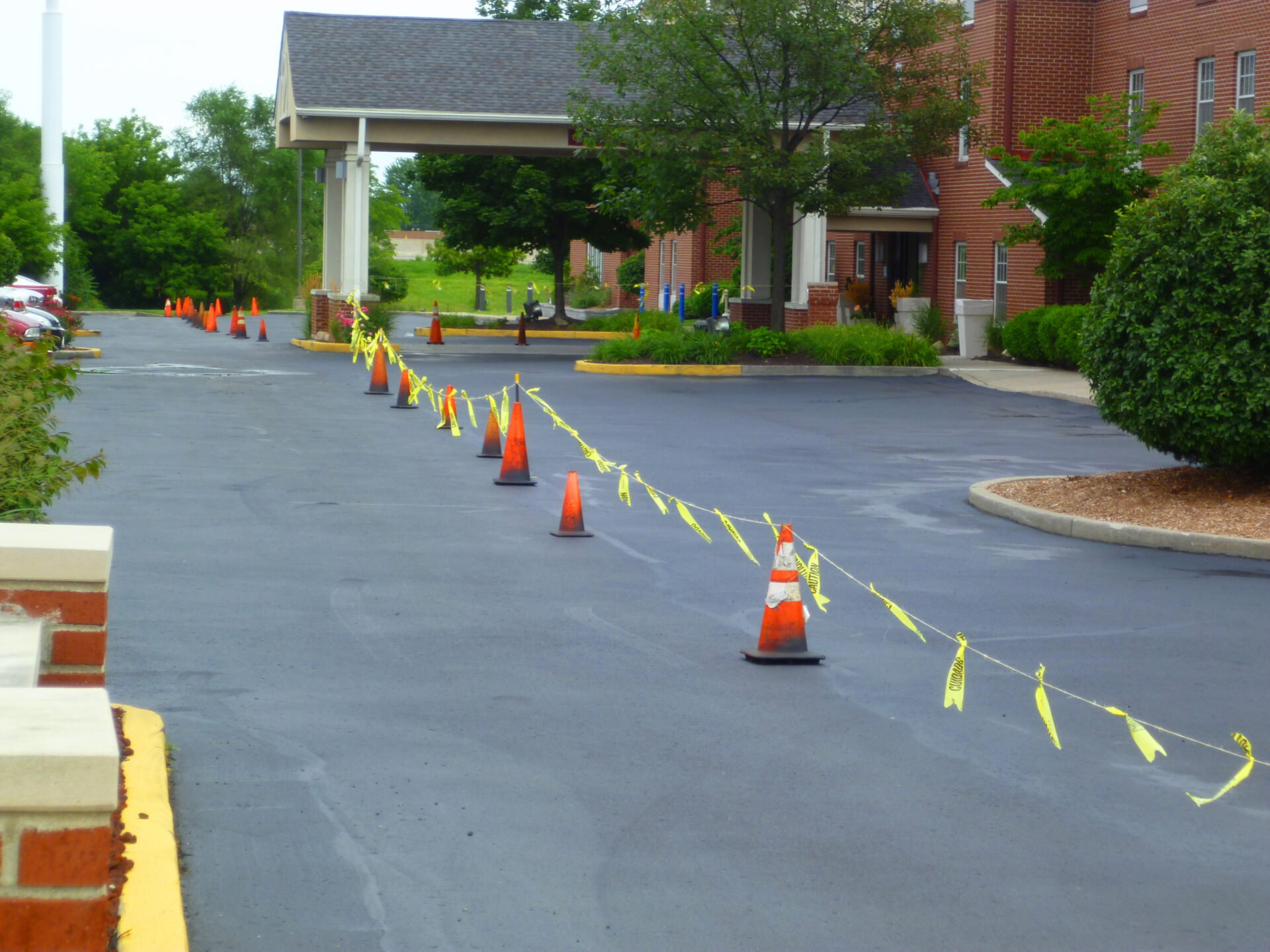
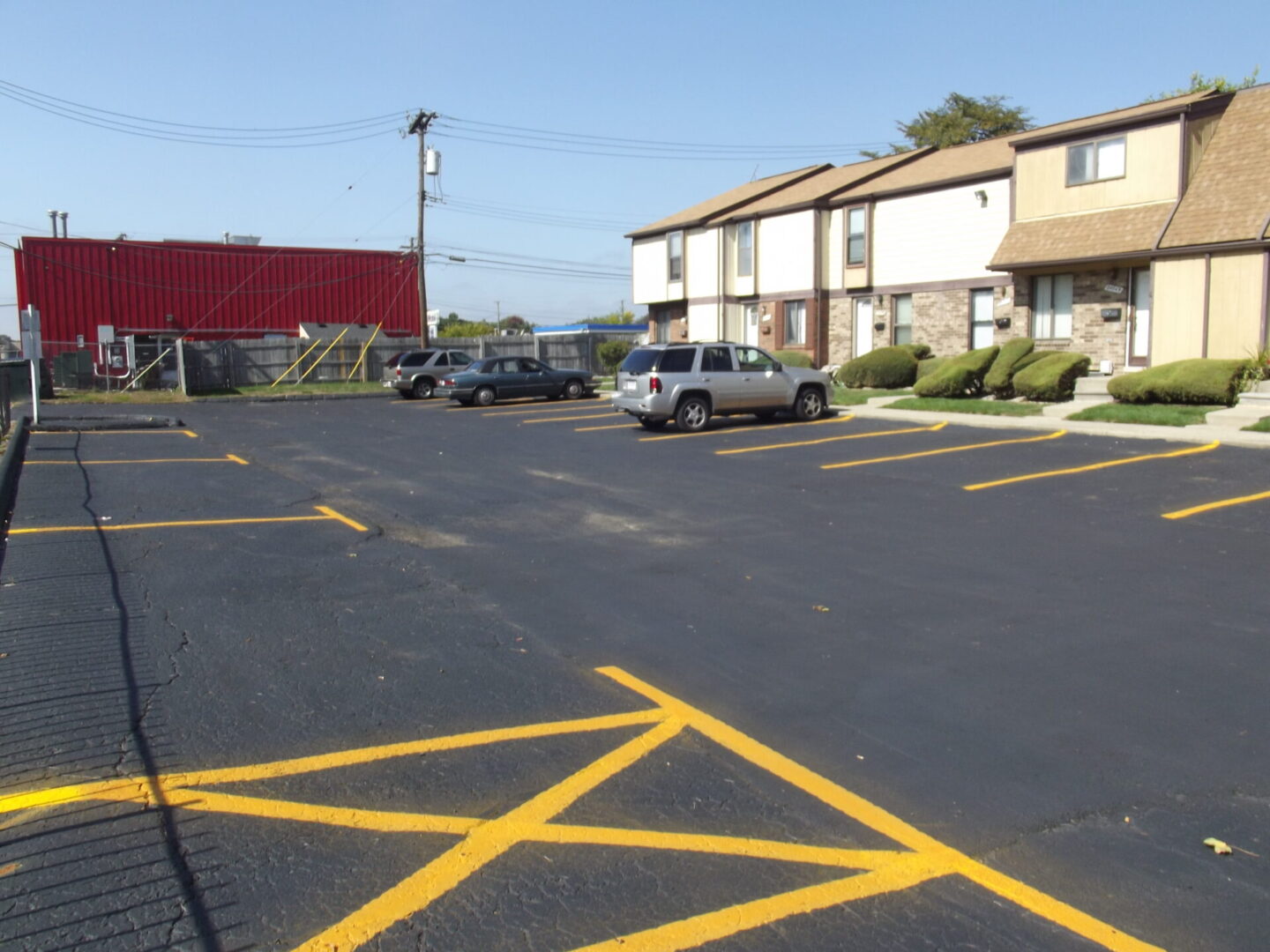

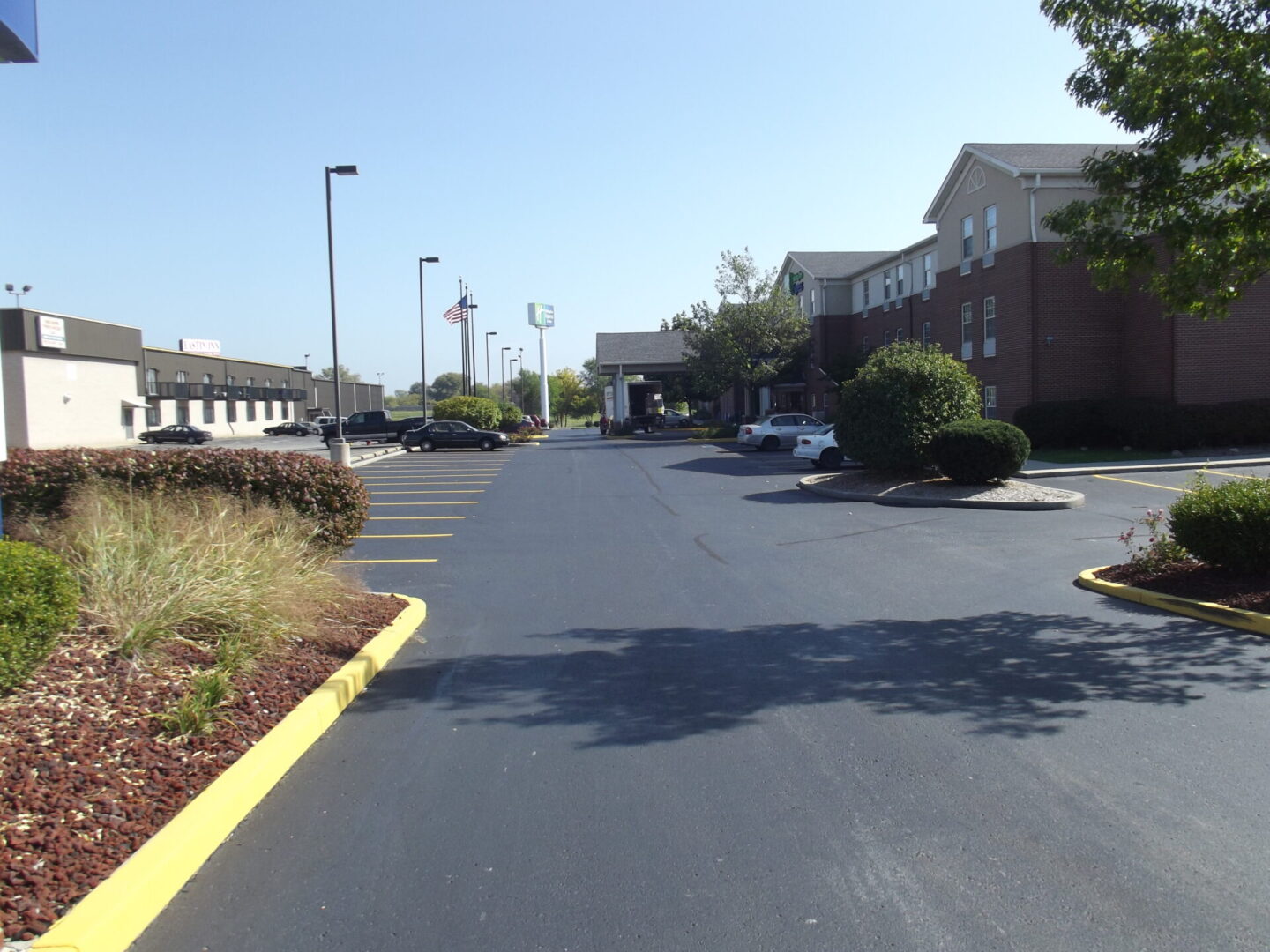
Hot Rubber Crack Fill
The most important reason for hot rubber crack fill is to keep the water from traveling underneath asphalt. By doing this, you reduce the consequences of the freeze and thaw effect in winter, which leads to cracks or potholes in your asphalt. This is designed for cracks in concrete and asphalt ½ inch wide or smaller. We open up the cracks with mechanical routing for an additional charge if requested, or simply we blow-torch the cracked interior at 2,000 degrees Fahrenheit, creating a half-inch depth channel for our hot rubber federal spec. joint sealant. This process reduces the chance of the cracks alligatoring and spreading throughout the parking lot.
The application of our hot rubberized joint filler is typically dry in two hours, and because the major cracking that we usually fill in travels all over your parking lot, traffic flow will be impeded for a short time; as temperatures warm up, this time is reduced, however. If your parking lot is asphalt, then we apply an over-band across the top of the crack.
With concrete parking lots we do not apply an over-band, but the filler is pumped into the joint, and if requested, we fill in surrounding random cracking that is prevalent in concrete surfaces. These cracks, especially, have to be machine routed to make room for filler.
Catch Basins
We completely rebuild the interior shell if needed. We excavate asphalt and concrete to an 8" depth and an 8' x 8' area around the basin cover, checking for holes in the crock area, repairing if needed, then install 6" – 8" of 4,000 psi concrete mix to level with adjoining asphalt grade to accommodate proper drainage into the basin. Installation of 6-foot to 8-foot concrete square collars around catch basins will reduce collapsing of the surface immediately surrounding the catch basin itself.
Catch basins, also known as storm drains, or even manholes, are critical to the preservation of your parking lot, whether it be asphalt or concrete.
Because these basins catch all your water, it is essential to keep the basin itself at a proper level.
Due to the frequent temperature changes in Michigan and subsequent freeze/thaw cycling, basins will either pop up or drop, and if the former occurs, they are rendered incapable of serving the purpose for which they were created. Moreover, structural damage to the basin's wall itself can also cause a collapse of the cover, thus creating a major drop in your storm drain leaving your lot with a dangerous drop (like a deep hole) in the middle of your lot, the typical location of your catch basin or storm drain.
Our job is to repair the support structure of the storm drain and reestablish its proper level relative to your surrounding asphalt or concrete.
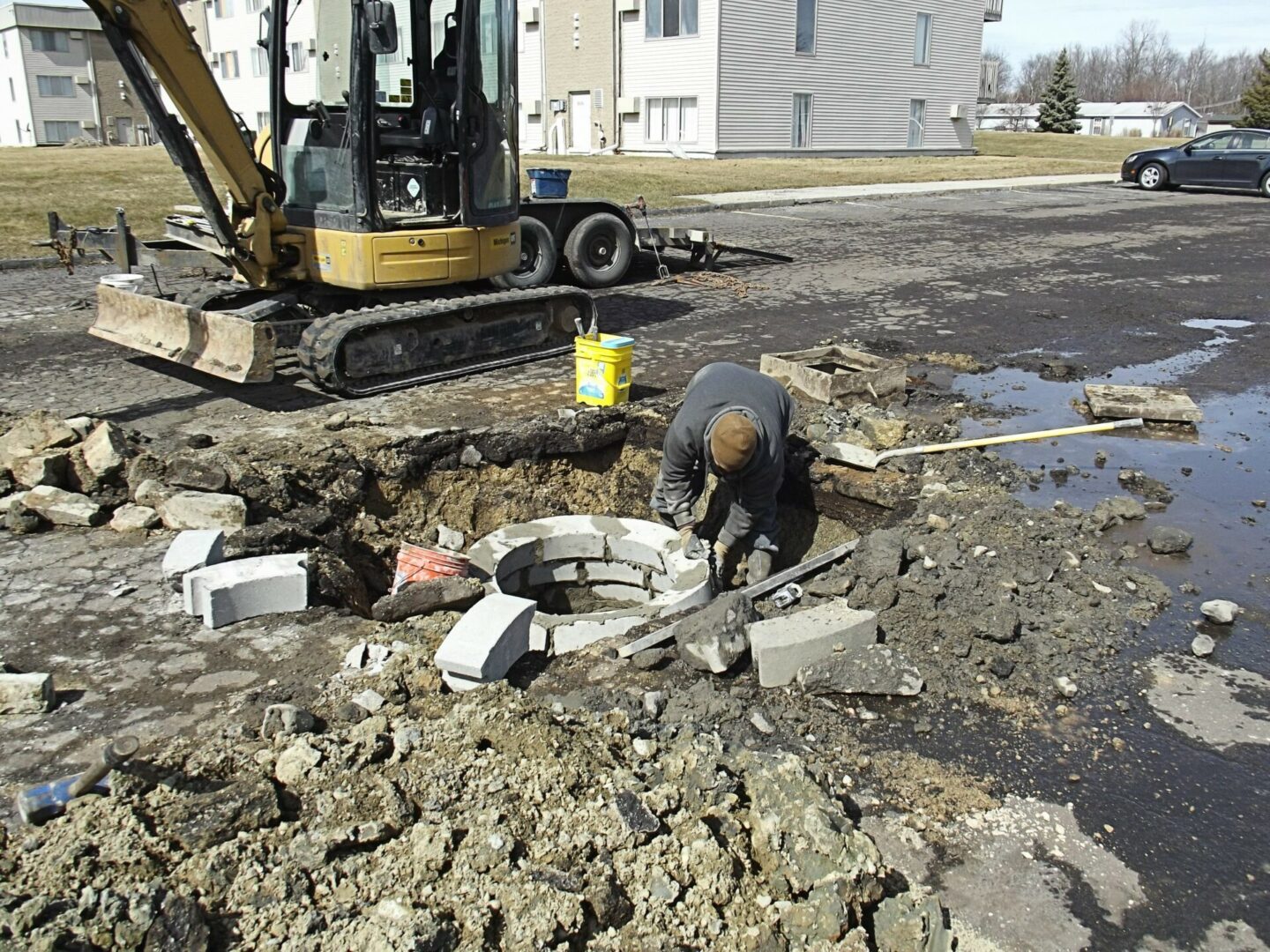
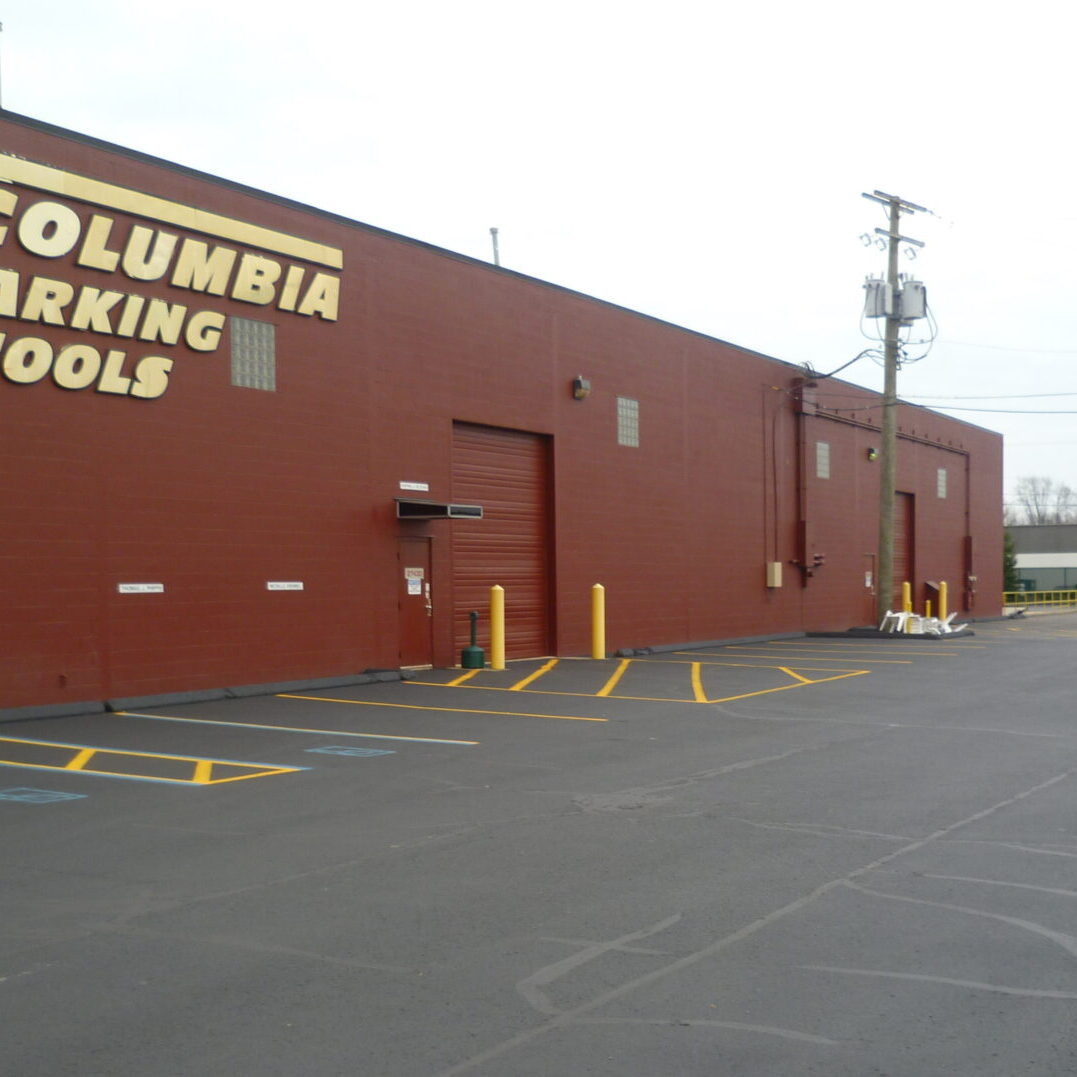
Striping
We stripe parking lots for shopping centers, colleges, industrial parks, small plazas, and factories, inside or outside. We aim to maximize your parking space, and while we prefer using yellow oil base paint, we can also stripe with white, the latter, though, is not as durable. Oil, however, is your best option if time is not a factor, but we will also use latex paint if you need to stripe your parking lot the day after seal coating. Ideally, sealed parking lots should cure a minimum of two weeks before applying fresh oil base paint.
Striping parking lots not only serve to keep your parking areas in order but also beautify your entire property by creating a sharp contrast in color from your black asphalt. Newly painted lines also have a miraculous way of extending the dimension of your commercial building, something like the way mirrors add the illusion of enhanced dimension or space to your living room.
